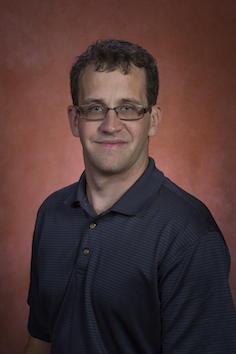FSU expert investigating impact of prescribed burns

Prescribed burns are an important tool for limiting the harmful effects of wildfires, but they require planning and proper conditions.
The U.S. Forest Service recently announced a pause in the use of prescribed fire on National Forest System lands while the agency conducts a review of protocols and practices. The announcement comes as firefighters continue to battle a wildfire in New Mexico that started as prescribed burn.
Florida State University researcher Bryan Quaife uses scientific computing to investigate the spread of fire. He is part of an interdisciplinary research team examining the optimal properties for controlled burns in the longleaf pine forests of Florida and elsewhere in the southeastern U.S., work that could help land managers reduce the devastating effects of wildfires.

Bryan Quaife, associate professor, Department of Scientific Computing; faculty associate, Geophysical Fluid Dynamics Institute
(512) 436-1148; bquaife@fsu.edu
Quaife studies fire modeling and fire dynamics. His research contributes to the understanding of how fire spreads and helps improve the tools land managers and firefighters use to make decisions in the field.
“Our study considers the impact of prescribed burns on longleaf pine forests and the resilience of that ecosystem. We’re looking for more information about the characteristics that make prescribed burning most effective. Some prescribed burning is helpful, but overusing this tool impacts human health and the economy. We’re also considering resilience of the landscape and investigating how long it takes the ecosystem to rebound to where it was before the fire.”

